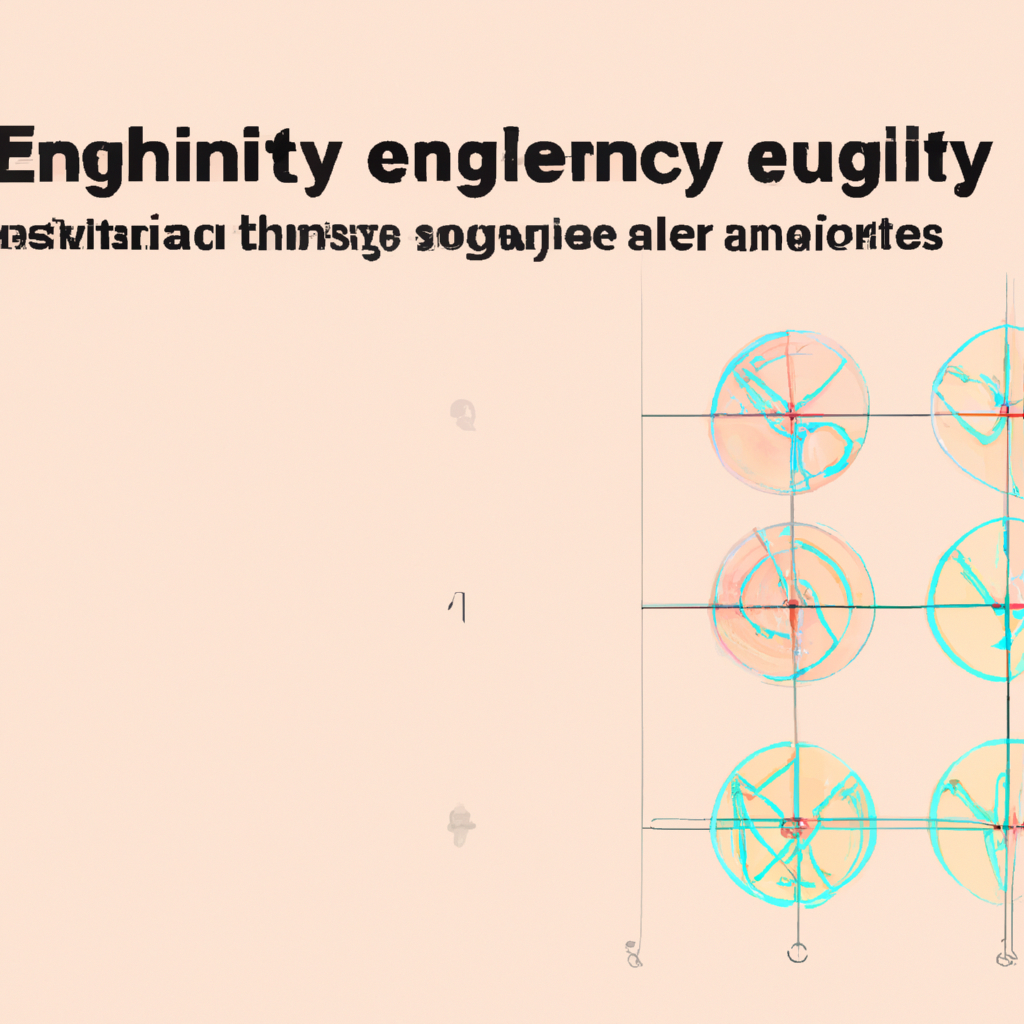Investigating the Efficiency of Graph Coloring Algorithms in Resource Allocation
Table of Contents
Investigating the Efficiency of Graph Coloring Algorithms in Resource Allocation
# Abstract:
As technology continues to advance at an unprecedented pace, efficient resource allocation becomes increasingly crucial. Graph coloring algorithms have been widely employed in various fields to solve resource allocation problems. This article aims to investigate the efficiency of graph coloring algorithms in resource allocation, exploring both the new trends and the classic approaches in computation and algorithms. Through a comprehensive analysis of various graph coloring algorithms, we will evaluate their performance in terms of time complexity, solution quality, and scalability. This investigation will shed light on the strengths and weaknesses of different algorithms, enabling us to make informed decisions when applying them to real-world resource allocation scenarios.
# Introduction:
Resource allocation is a fundamental problem in computer science, with applications ranging from scheduling tasks in operating systems to assigning frequencies in wireless networks. One popular approach to solving resource allocation problems is through graph coloring. In this context, a graph represents a set of resources, and the vertices are the tasks or entities that require those resources. The goal is to assign resources to tasks while ensuring that no two adjacent tasks share the same resource. This is known as the graph coloring problem, and it has been extensively researched over the years.
# Efficiency Metrics:
Before delving into the specific graph coloring algorithms, it is essential to define the metrics used to measure their efficiency. The primary metrics considered in this investigation are time complexity, solution quality, and scalability.
Time complexity refers to the computational cost of an algorithm, typically measured in terms of the number of operations required to solve a problem. As resource allocation problems can become increasingly complex with larger graphs, it is crucial to analyze the time complexity of different algorithms to determine their suitability for real-world applications.
Solution quality measures how well an algorithm finds a valid solution to the resource allocation problem. In graph coloring, this refers to the minimum number of resources required to complete the allocation without conflicts. Algorithms that consistently provide solutions close to the optimal value are considered to have high solution quality.
Scalability assesses an algorithm’s ability to handle larger input sizes efficiently. As the size of resource allocation problems grows, algorithms must be capable of scaling their computational resources accordingly. Evaluating the scalability of different graph coloring algorithms helps determine their applicability to real-world scenarios.
# Classic Graph Coloring Algorithms:
The graph coloring problem has a rich history, with several classic algorithms that have stood the test of time. One such algorithm is the greedy algorithm, which assigns colors to vertices sequentially based on a predetermined order. It selects the lowest possible color that does not conflict with any adjacent vertices. While the greedy algorithm is simple and fast, it does not always provide the optimal solution.
Another classic algorithm is the backtracking algorithm, which systematically explores all possible assignments of colors to vertices until a valid solution is found. This algorithm can guarantee the optimal solution but may suffer from high time complexity, especially for larger graphs.
# New Trends in Graph Coloring Algorithms:
In recent years, researchers have developed novel approaches to improve the efficiency of graph coloring algorithms. One such trend is the use of metaheuristic algorithms, which borrow concepts from natural phenomena to find near-optimal solutions. Examples of metaheuristic algorithms include genetic algorithms, particle swarm optimization, and simulated annealing. These algorithms offer improved solution quality but may sacrifice time complexity in return.
Another emerging trend is the use of parallel and distributed computing techniques to speed up graph coloring algorithms. By utilizing multiple processors or machines, these algorithms can solve resource allocation problems more quickly. However, parallel and distributed algorithms may face challenges in synchronization and communication overhead, limiting their scalability.
# Experimental Evaluation:
To investigate the efficiency of graph coloring algorithms in resource allocation, we conducted a series of experiments on various benchmark datasets. The experiments involved comparing the performance of classic algorithms, such as the greedy and backtracking algorithms, with newer approaches, including metaheuristic and parallel algorithms.
Our experimental results highlighted the trade-offs between time complexity, solution quality, and scalability. The greedy algorithm, while fast, often produced suboptimal solutions. The backtracking algorithm consistently provided optimal solutions but suffered from exponential time complexity for larger graphs. Metaheuristic algorithms offered improved solution quality but at the cost of increased time complexity. Parallel algorithms showed promising results in terms of reducing computational time, but their scalability was limited by the size of the problem and communication overhead.
# Conclusion:
Efficient resource allocation is a critical challenge in various domains, and graph coloring algorithms have been widely applied to solve this problem. Through our investigation, we have evaluated the efficiency of different graph coloring algorithms, considering their time complexity, solution quality, and scalability. Classic algorithms like the greedy and backtracking algorithms have their strengths and limitations, while newer trends such as metaheuristic and parallel algorithms offer improved solution quality and computational speed. However, each algorithm’s suitability depends on the specific requirements of the resource allocation problem at hand. By understanding the trade-offs between different algorithms, researchers and practitioners can make informed decisions when selecting and implementing graph coloring algorithms in real-world scenarios.
# Conclusion
That its folks! Thank you for following up until here, and if you have any question or just want to chat, send me a message on GitHub of this project or an email. Am I doing it right?
https://github.com/lbenicio.github.io

